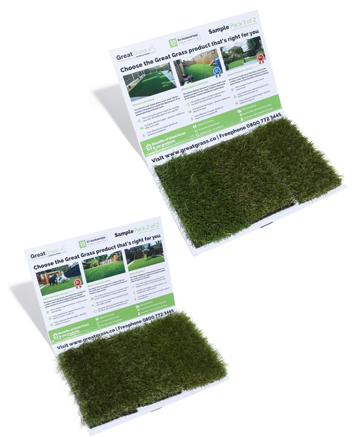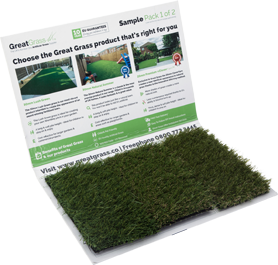Nowadays, commercial artificial grass is ubiquitous in sports pitches and back gardens the world over. However, many of the people who make use of this material nowadays may not be aware of exactly how it came to be, or what its history is. This article will seek to provide insight on exactly that, offering a background on how artificial first rose to prominence.
“Commercial artificial grass was first devised in the 1960s”
Origins
Commercial artificial grass was first devised in the 1960s, by a team of investigators from the North Carolina State University College of Textiles. At the time, the material was meant for use as the covering of the Astrodome, the home pitch for baseball team the Houston Astros. Hence why the material was first called Astroturf, a term which has since evolved to become something of a blanket term for the type of commercial artificial grass used in sports pitches, but which at the time was meant to evoke an association with the team.
Expansion
Commercial artificial grass would experience rapid expansion across the United States and Canada during the 1960s and 1970, as more and more baseball teams began to replace their natural grass pitches with turf carpets. The trend eventually extended to other sports, such as American football, and in 1969, the Philadelphia Eagles and the University of Pennsylvania varsity team became the first American football teams to play on artificial turf.
Over the next few decades, the material crossed over to the Old Continent, where it rapidly became popular as a covering for sports pitches as well. However, not until the 1990s would that popularity cross over into the field of landscaping, as prejudice over the unconvincing appearance of commercial artificial grass was gradually done away with by the appearance of more realistic-looking carpets.
Nowadays, commercial artificial grass is widely popular the world over. However, it is always interesting to look back on a time when this was not necessarily the case…


